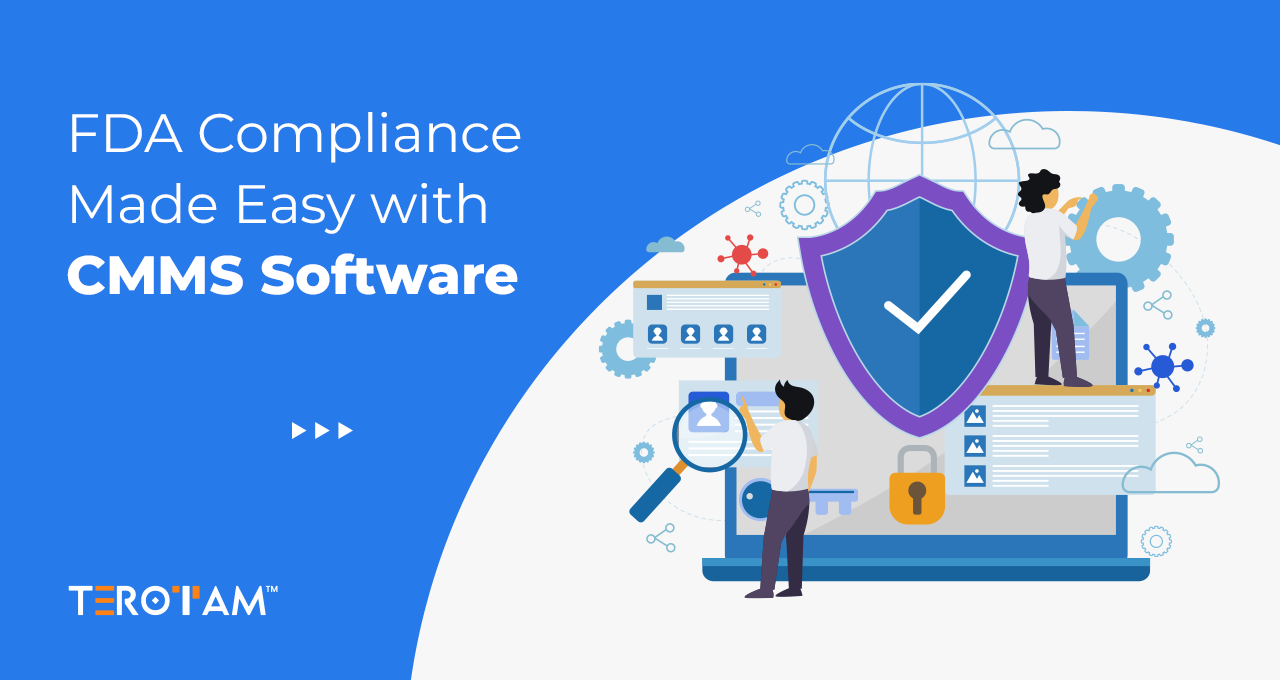When discussing manufacturing and production, achieving operational excellence requires a close analysis of key performance metrics, with production efficiency as the pivotal measure.
The concept encapsulates the complexities of resource allocation, process optimization, and output maximization, acting as a barometer for the performance of a manufacturing instrument. Rooted in mathematical precision, the calculation of production efficiency is a compass guiding enterprises through the complicated web of inputs and outputs, presenting a clear cut idea of the efficacy with which resources are transformed into tangible products.
This article discusses the nature of production efficiency, its calculation, the various factors affecting it, and its key role in business performance and growth.
What is Production Efficiency?
Production efficiency is a key performance indicator that assesses how well a manufacturing process converts inputs into outputs. It involves evaluating the utilization of resources, time, and materials to ensure maximum productivity.
Factors Affecting Production Efficiency
Several factors impact production efficiency, and identifying and addressing these factors is crucial for optimizing overall efficiency. Let’s check out some of these factors quickly.
- Equipment Reliability: The dependability of machinery and tools directly impacts production efficiency.
- Process Design: The effectiveness of the production workflow and system layout influences overall efficiency.
- Workforce Skill: The proficiency and training of the workforce play a pivotal role in production efficiency.
- Maintenance Practices: Regular and effective maintenance contributes to equipment reliability and optimal performance.
- Technology Integration: Utilizing advanced technologies and automation can enhance production efficiency.
- Raw Material Quality: The quality and availability of raw materials affect the manufacturing process and efficiency.
- Quality Control: Maintaining rigorous quality control standards ensures the production of defect-free goods.
Calculation of Production Efficiency
The formula for calculating production efficiency is:
| Production Efficiency = (Actual Output / Maximum Possible Output) × 100% |
For example, if a factory produces 800 units in a day, but its maximum potential output is 1000 units, the production efficiency would be:
Production Efficiency = (8001000) × 100% = 80%
Why is Production Efficiency so Important?
Production efficiency is a critical metric for several reasons. Let’s check it out quickly.
Cost Reduction: Efficient production processes lead to lower production costs, ensuring competitiveness in the market.
Resource Optimization: Maximizing efficiency allows businesses to make the most of their resources, minimizing waste and improving sustainability.
Timely Deliveries: Efficient production ensures timely delivery of products, enhancing customer satisfaction and maintaining a positive brand image.
Improved Profitability: Higher production efficiency directly correlates with increased profitability, making it a key focus for businesses aiming to thrive in a competitive environment.
How to Improve Production Efficiency with CMMS?
CMMS helps achieve production efficiency by introducing a systematic and proactive approach to maintenance. CMMS transforms production management into a streamlined, efficient, and future-ready process, ensuring organizations stay ahead in the competitive business world.
Predictive Maintenance:
Use CMMS to predict and prevent equipment issues before they happen, reducing downtime and optimizing resource use.
- Data Analysis: CMMS leverages historical data and analytics to identify patterns and trends in equipment performance.
- Condition Monitoring: Real-time monitoring of equipment conditions allows for the early detection of anomalies.
- Preventive Maintenance Planning: By predicting potential issues, maintenance activities can be planned and executed before critical failures occur.
- Resource Optimization: Predictive maintenance minimizes unnecessary downtime, optimizing resource allocation.
Asset Tracking:
Centralize asset management with CMMS to track performance, simplify planning, and ensure a longer life for your assets.
- Centralized Database: CMMS provides a centralized repository for all asset-related information, including maintenance history and documentation.
- Barcode/QR Code Integration: Assets can be easily tracked using barcode or QR code scanning, reducing the chance of errors.
- Lifecycle Management: CMMS assists in tracking the entire lifecycle of assets, aiding in strategic planning and budgeting.
Work Order Management:
Streamline tasks and communication among your maintenance teams using CMMS, ensuring efficient work order processes.
- Automated Workflows: CMMS automates the creation and assignment of work orders, streamlining the maintenance process.
- Prioritization: Work orders can be prioritized based on urgency and impact on production, ensuring that critical tasks are addressed promptly.
Data Analytics:
Tap into CMMS data analytics for insights, trends, and continuous improvement, making your production processes more effective.
- Root Cause Analysis: In-depth data analytics allows for the identification of root causes behind inefficiencies or equipment failures.
- Continuous Improvement: Insights from data analytics drive a culture of continuous improvement, optimizing processes over time.
Inventory Management:
Transform inventory management with CMMS, keeping track of supplies in real-time, automating reordering, and managing supplier relationships efficiently.
- Real-time Inventory Tracking: CMMS provides real-time visibility into spare parts and inventory levels, reducing the risk of stockouts or overstock.
- Supplier Relationship Management: CMMS aids in managing relationships with suppliers, ensuring a reliable and timely supply of required inventory.
Mobile Accessibility:
Empower maintenance teams with CMMS on mobile devices for real-time updates, barcode scanning, and seamless collaboration.
- On-the-Go Access: Mobile accessibility allows maintenance teams to access CMMS data and manage tasks from anywhere, enhancing responsiveness.
- Real-time Updates: Instant updates on work orders, equipment status, and maintenance schedules facilitate quick decision-making.
- Barcode Scanning: Mobile devices with barcode scanning capabilities enhance asset tracking and inventory management efficiency.
Documentation and Compliance:
Meet compliance effortlessly with CMMS, keeping detailed records, audit trails, and generating automated reports for regulatory purposes.
- Comprehensive Records: CMMS maintains comprehensive records of all maintenance activities, ensuring documentation for compliance purposes.
- Audit Trails: Detailed audit trails provide transparency and accountability, facilitating regulatory compliance.
- Automated Reporting: CMMS generates automated reports for compliance audits, reducing the time and effort required for manual reporting.
- Regulatory Updates: CMMS systems can be configured to incorporate changes in regulations, ensuring that the facility remains compliant with industry standards.
Ending Note:
Maximizing production efficiency is essential for sustained success. Businesses can achieve optimal performance by understanding the concept, calculating efficiency, and addressing roadblocks. Implementing CMMS solutions further enhances the ability to proactively manage maintenance and improve overall production efficiency, ensuring long-term viability and profitability.
If you’re eager to explore how CMMS can revolutionize your production processes and drive success, contact us at contact@terotam.com. Our experts are ready to guide you on the transformative journey toward enhanced efficiency and sustainable growth.








